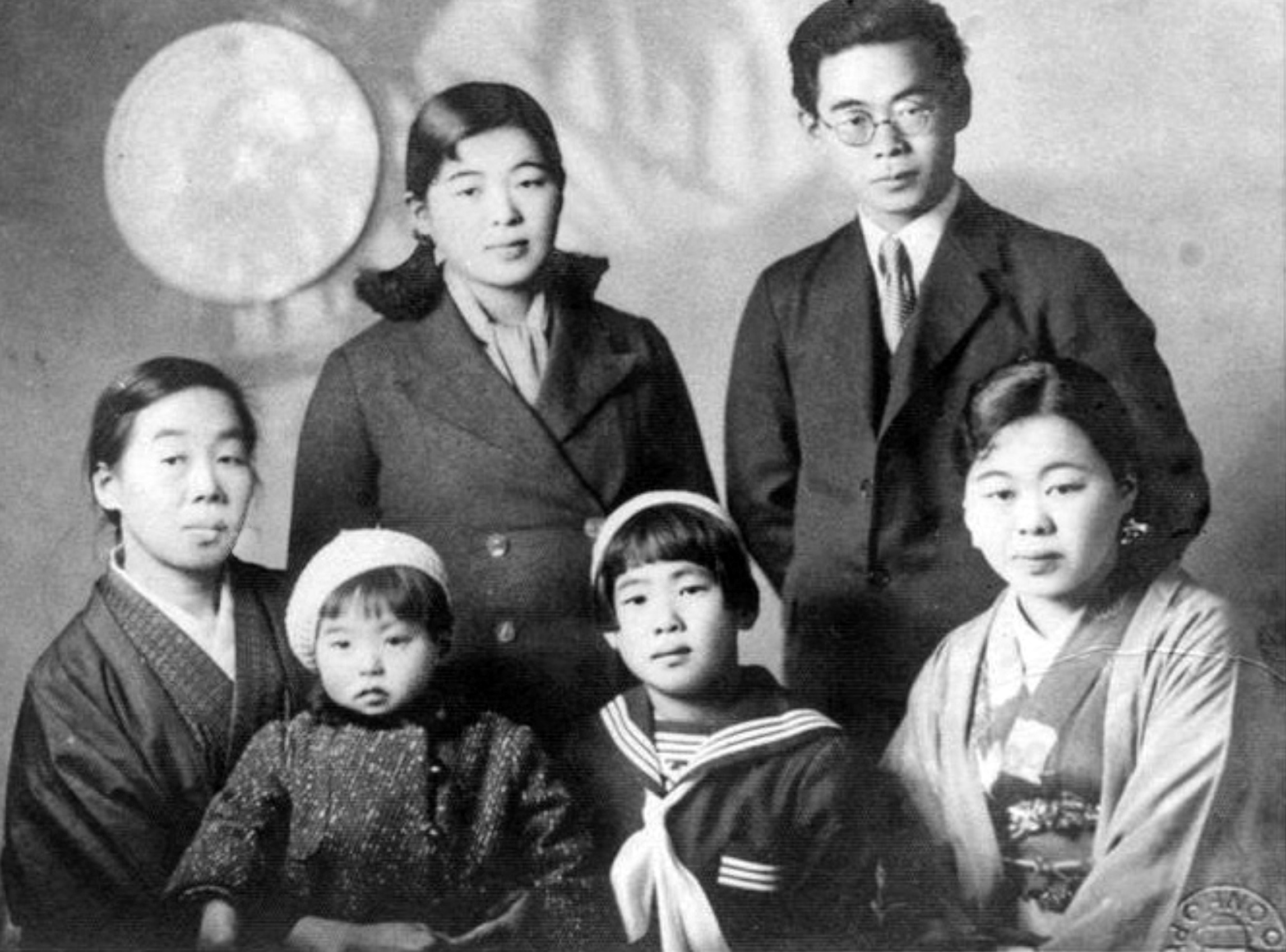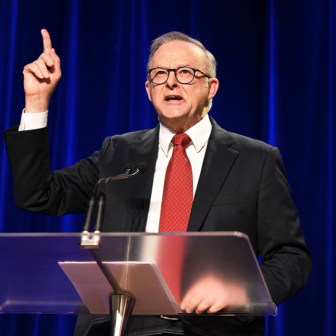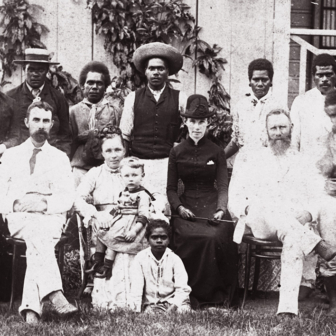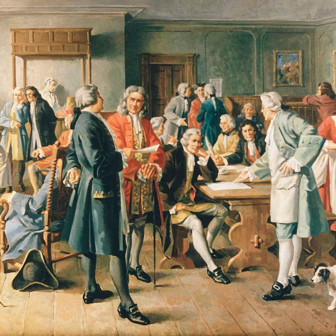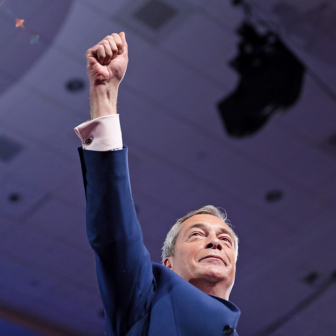Even as Charlotte DeCroes Jacobs’s book 90 Seconds to Midnight goes on sale in bookshops, its title has been overtaken by events. “90 seconds” was the time on the Bulletin of Atomic Scientists’s Doomsday Clock when she wrote the book; but in January 2025, the Bulletin announced:
We now move the Doomsday Clock from 90 seconds to 89 seconds to midnight — the closest it has ever been to catastrophe… In setting the Clock one second closer to midnight, we send a stark signal: Because the world is already perilously close to the precipice, a move of even a single second should be taken as an indication of extreme danger and an unmistakable warning that every second of delay in reversing course increases the probability of global disaster.
The following month, some observers breathed a small sigh of relief as newly elected Donald Trump proclaimed that he wanted to restart nuclear arms control talks with Russia and China with a view to reducing nuclear arsenals worldwide. “There’s no reason for us to be building brand new nuclear weapons, we already have so many,” said Trump. “We’re all spending a lot of money that we could be spending on other things that are actually, hopefully much more productive.” He was planning to start negotiations, he explained, once “we straighten it all out” in the Middle East and Ukraine — a process which, he assured US voters, would be completed within weeks if not days of the start of his presidency.
Six months on, the violence in the Middle East and Ukraine had gone from grim to appalling, and the US had already committed $25 billion (out of an estimated total of $175 billion) towards Trump’s “Golden Dome” missile defence system, which, as Harvard security expert Matthew Bunn warns, “is likely to provoke even larger arms buildups, derail already-dim prospects for any negotiated nuclear arms restraint, and perhaps even increase the chances of nuclear war.”
Meanwhile, the United States and Russia are engaging in a dangerous exchange of mutual nuclear threats, Russia and China are expanding their nuclear arsenals, and NATO’s secretary-general has called on member countries to turbo-charge their military spending and “shift to a wartime mindset.” Britain’s most recent National Security Strategy, released in June, offers graphic warnings of a possible impending military attack on the UK: a threat the British government plans to counter by “increasing the lethality of our armed forces” and remobilising the bulldog national spirit that saw the nation through the Blitz.
Political leaders, it seems, have been seized by the sort of collective insanity that led a previous generation to sleepwalk into the horrors of the first world war. Now, though, the horrors facing us are not tanks and trenches but some 12,500 nuclear warheads with enough power to wipe out human civilisation and devastate our natural environment.
DeCroes Jacobs’s 90 Seconds to Midnight should be required reading for any incumbent or aspiring political leader. It is not an analytical or theoretically sophisticated book, but rather a simple, straightforward account of the life of one woman: Setsuko Nakamura Thurlow, still alive today at ninety-three, who survived the atomic bombing of Hiroshima at the age of thirteen and has devoted most of her adult life to the cause of nuclear disarmament.
In August 1945, Setsuko Nakamura was an eighth-grade student at a Methodist mission school in Hiroshima but, like many other schoolchildren at that time, had been recruited to war work — performing routine decoding tasks in an army building not far from the centre of the city. The nuclear blast destroyed the building where she was working, trapping her under the rubble. With the encouragement of a stranger who kept calling to her from the speck of light that marked a gap in the ruins, she managed to crawl out, escaping the fire which then consumed everything that remained. Her sister, nephew and 351 of her schoolmates were among those killed by the bomb — some instantly, others agonisingly during the days and weeks that followed.
Setsuko’s indelible memories of the aftermath of the atomic explosion provide a chilling antidote to the nostalgic fantasy images of war evoked by documents like Britain’s National Security Strategy. Stunned by the blast, she wandered through streets filled with naked or semi-naked people, their clothes torn off by the force of the bomb.
Strips of skin and flesh hung like ribbons from their bones. Many held their arms up in front of their bodies, palms down to ease the pain from the raw flesh of their arms rubbing against their chests… Some held their eyeballs, blown from their sockets, in their hands. Every few steps, someone silently collapsed.
The fabric of society was in ruins. There were no emergency services and — until a few brave volunteers took up the task — no surviving systems of local government. There was no proper way to bury the dead. Some parents burnt their children’s bodies in the ruins of their gardens; others watched their relatives’ bodies being thrown into ditches for mass cremation. Others again had no bodies to bury: whole families and neighbourhoods had been vaporised by the blast. Even today, the total number of killed by the Hiroshima and Nagasaki atomic bombs is unknown and unknowable, though it was certainly in the hundreds of thousands.
That was the effect of a single 15 kiloton atomic bomb. The most powerful nuclear weapon today has an explosive yield more than three thousand times greater.
Setsuko Nakamura suffered radiation sickness as a result of her exposure to the bomb, but recovered and went on to study English literature at college in Japan and sociology at Lynchburg College in the United States. She married a Canadian teacher, James Thurlow, and settled with him in Toronto. As the couple’s children grew up, she became increasingly active in the international campaign against nuclear weapons. She played a central part in the Japanese Peace Boat movement, which uses educational cruises to link ordinary people worldwide in the cause of peace, and later became a key figure in the International Campaign to Abolish Nuclear Weapons, or ICAN.
90 Seconds to Midnight not only recounts Setsuko Thurlow’s life but it also traces campaigns by ICAN and other groups to ban the bomb. This is a story of untiring work by civil society organisations, intermittently backed by a few non-nuclear states, in the face of the unrelenting hypocrisy of the governments of the growing number of nuclear armed nations and many of their allies.
Although major powers like the United States, Russia, China, Britain and France have repeatedly paid lip service to the aspiration for a world without nuclear weapons, they have also repeatedly blocked steps towards nuclear disarmament and are doing their best to derail the UN Treaty on the Prohibition of Nuclear Weapons, which was created with substantial input from ICAN. Despite this, the treaty — which bans the development, testing, production and possession of nuclear weapons — was opened for signing in 2017 and entered into force in 2021. It has been comprehensively ignored by the world’s nuclear powers ever since.
In her many speeches to UN and other gatherings on nuclear weapons, Setsuko Thurlow has always emphasised that the humanitarian and environmental impact of nuclear weapons must be central to all debate about arms limitation and disarmament. Her raw testimony about her own experience provides a stark reminder of the extent to which “realist” strategic debates about the importance of deterrence are wilfully blind to the realities of nuclear war. Receiving the 2021 Nobel Peace Prize on behalf of ICAN, alongside the organisation’s director Beatrice Fihn, she said:
When I was a thirteen-year-old girl, trapped in the smouldering rubble, I kept pushing. I kept moving towards the light. And I survived. Our light now is the Ban Treaty. To all in this hall and all listening around the world, I repeat those words that I heard in the ruins of Hiroshima: “Don’t give up. Keep pushing. Keep moving. See the light? Crawl towards it.”
Eighty years after the atomic bombings, as the nuclear clock clicks down towards zero, this appeal for perseverance and renewed anti-nuclear action has a profound resonance for every one of us. It is a call that cannot be ignored. •
90 Seconds to Midnight: A Hiroshima Survivor’s Nuclear Odyssey
By Charlotte DeCroes Jacobs | Melbourne University Press | $39.99 | 325 pages
